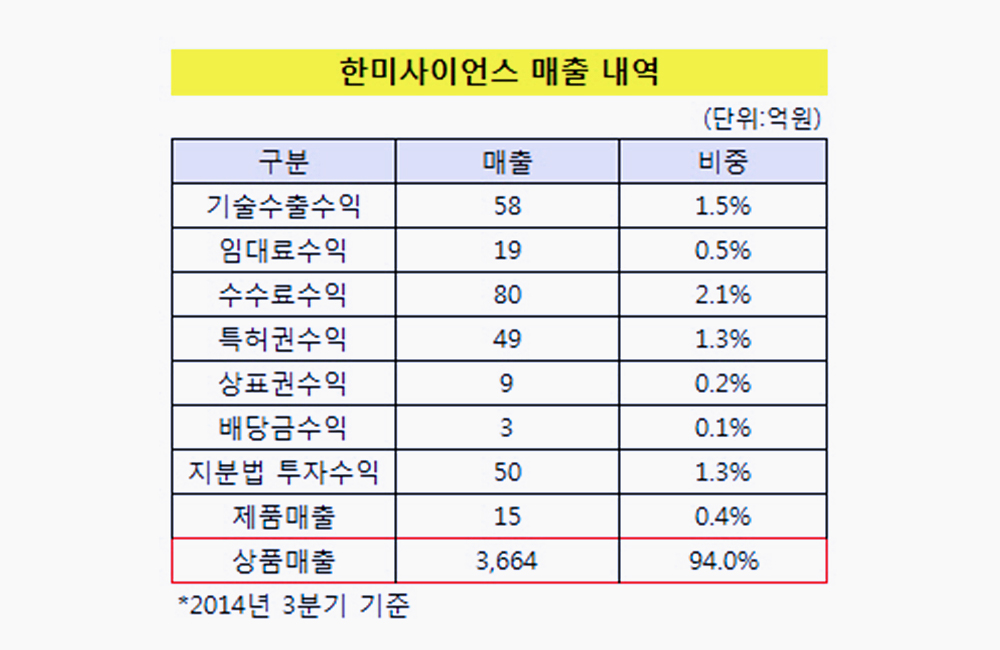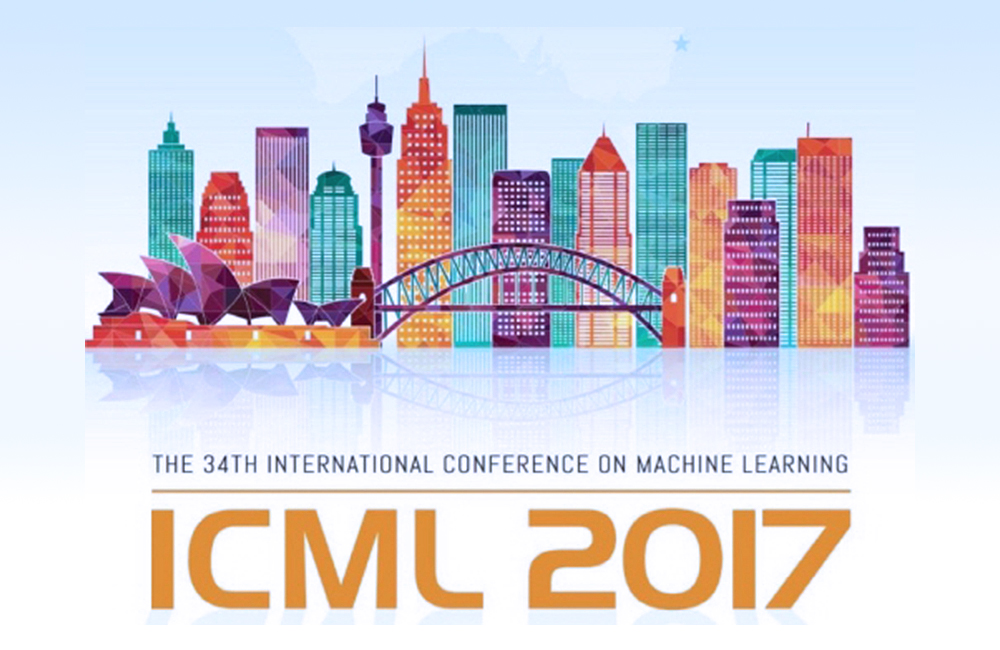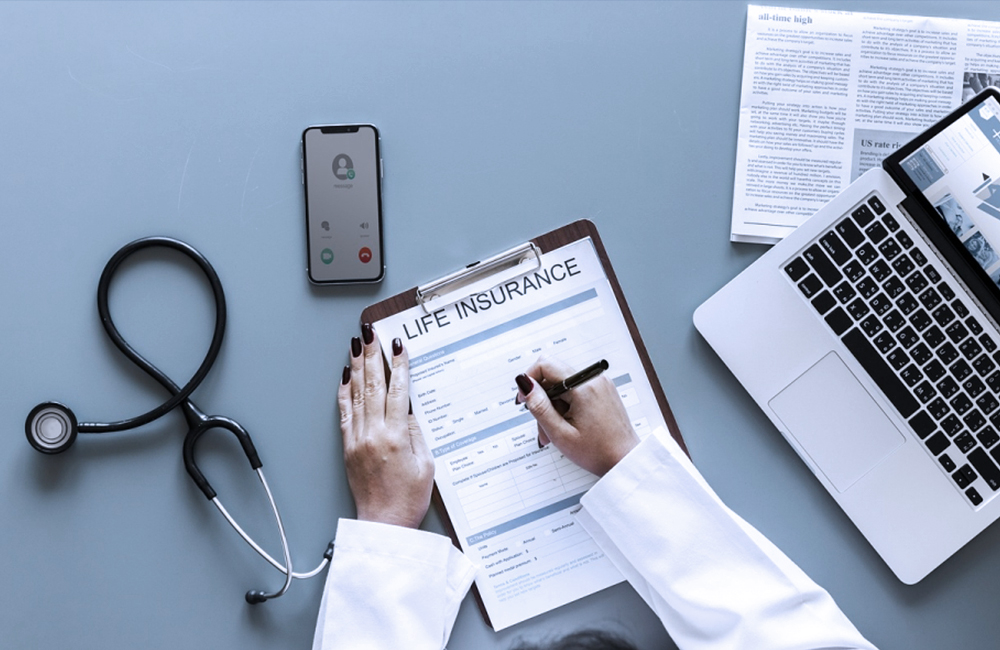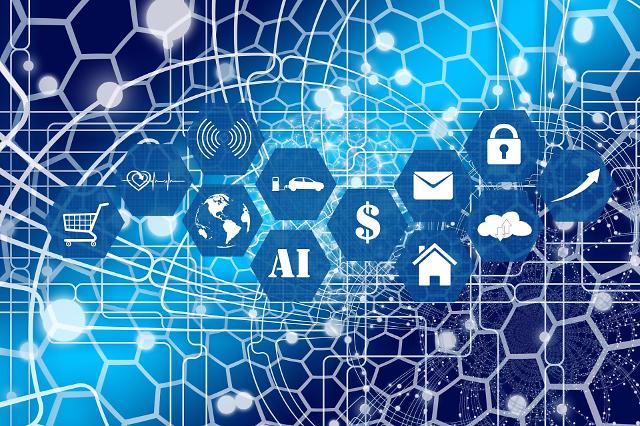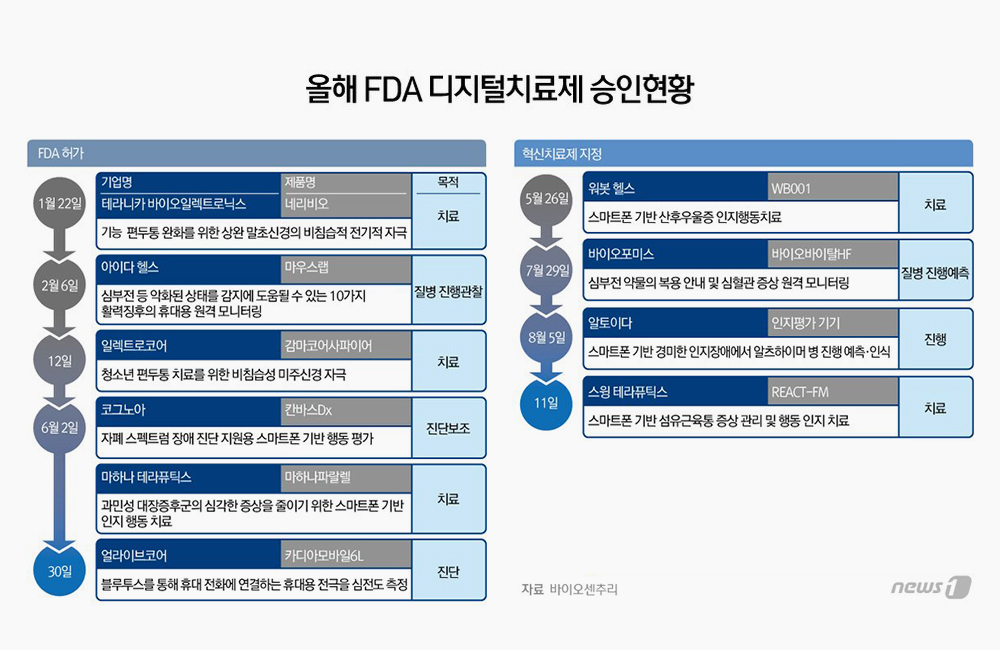Healthcare is now one of the largest
sectors in India both in terms of revenue and employment, and it is booming
thanks to increased investment by private players and the growing popularity of
medical tourism. The government is looking for the best way to deliver quality
medical treatment to the influx of foreign patients traveling to India for
low-cost treatments, and the most promising technological advantage is the Internet
of Medical Things (IoMT), which has become a gamechanger in the healthcare
sector.
“IoMT brought the most
remarkable impact on humankind by connecting the healthcare ecosystem and its
stakeholders in real time, delivering better services,” says Stanton Chase
India Managing Partner Ashwini Prakash. “The Indian healthcare sector
leapfrogged and adopted the technology, helping it transform drastically in a
short span of time.”
Like the Internet of Things, IoMT offers
the connection of smart medical devices and software applications to improve
the services offered by hospitals, medical equipment, outsourced expertise,
telemedicine, medical tourism, and health insurance. Used effectively, IoMT
reduces healthcare costs and improves better patient outcomes effectively and
efficiently.
According to a Frost & Sullivan
analysis, the global IoMT market was worth $22.5 billion in 2016 and is
expected to reach $72.02 billion this year. The proliferation of IoMT has
skyrocketed as healthcare providers witness firsthand how much it improves and
safeguards their services.
“IoMT has the
potential to significantly reshape the healthcare sector. With COVID-19 acting
as a catalyst, IoMT has helped to monitor, inform, and notify not only
caregivers but provide healthcare providers with real-time data to identify
health issues in advance, thus allowing prompt intervention,” says Sudarshan
Jain, Secretary General of the Indian Pharmaceutical Alliance. “The technology
has given access to customer-centred holistic solutions that will make a
difference.”
With the advent of technologies such as
artificial intelligence, big data, and 3-D printing, to name but a few, the
healthcare sector worldwide is going through an unprecedented phase of
disruption. In almost every instance, however, this disruption is positive –
resulting in both better healthcare for patients and improved operations for
businesses in the medical sector. IoMT enables smart medical devices for
quality patient treatment, and pharmacovigilance — the practice of studying,
managing, and helping prevent adverse effects from drugs — is being heavily
impacted by technological developments.
Data can now be collected in more
sophisticated ways than ever before, such as using mobile sensors to collect
patients’ biometric data. Artificial intelligence can help life science
organizations filter through vast reams of this data to discover how patients
are impacted by the pharmaceuticals they are using. Along with 3-D printing,
which can be used to customize everything from drugs to prosthetics, this is
changing the way new treatments are developed.
Moving Healthcare From Hospital To Home
COVID-19 has ramped up technological
disruption in the healthcare industry. While the pandemic brought a slate of
new challenges to the industry, it has also provided opportunities for
innovation. One of the biggest changes that’s already underway is the
transition of healthcare services away from the hospital and into the home.
Many procedures still require an in-patient hospital stay, but an increasing
amount of care is accessible outside of primary hospitals. The pandemic also
accelerated the need for remote patient monitoring and usage of IoMT in
ambulatory and home care, which has led to a boom in teleconsultations and
monitoring, which in turn reduces the number of in-hospital visits and prevent
contamination.
Secondary and tertiary hospitals in smaller
population centers are now able to provide higher levels of care thanks to
advancements such as telemedicine. Specialists who are employed only by primary
hospitals in large urban centers are no longer limited to only serving patients
in-person. They can virtually attend to patients at secondary hospitals,
tertiary hospitals, and even remote clinics.
Smart devices allow both patients and
providers to monitor conditions at a previously unprecedented level. Apps for
consumer devices such as smartwatches and fitness bands provide patients with
real-time data and allow providers to view information over time.
Medical-specific devices such as monitoring patches and heart rhythm detectors
make it possible to monitor specific conditions.
Services like DocBox, which collects and
transmits up to 3 gigabytes of structured data per patient per day, could make
telemedicine even more effective as lower-level hospitals can transmit more
information to specialists at primary facilities.
“There is a paradigm
shift to accommodate digital outreach through telemedicine and e-pharmacy, as
the new normal,” says Anish Bafna of Managing Director Healthium. “Remote
patient monitoring and home monitoring may increase especially for chronic
disease management, personal IOT devices for tracking vital signs and enabling
remote care, chatbots/machine learning tools for initial diagnoses based on
symptoms of patients – these will all shape the future of the medical devices
sector. PocketECG represents one way that preventive healthcare can enter the
home. The IoMT device remotely sends cardiac data from a patient’s home to
their healthcare provider.”
Making Inventory Management And
Equipment Maintenance More Efficient
Managing backend operations of healthcare
and pharmaceutical businesses is a massive logistical undertaking, and
maintaining inventory levels and managing equipment maintenance are major
challenges.
“The adoption of IoMT
calls for enabling a data-driven business model which creates value for the
medical device industry as well as healthcare delivery stakeholders,” notes
Indranil Mukherjee, Managing Director at B. Braun. “With an ever-increasing
need for medical equipment in the treatment domain, IoMT helps improve
operational effectiveness of technical services, especially in predictive
maintenance but also in reducing mean time between failures and improving
turnaround time.”
The four dimensions of data involved in
IoMT – generation, collection, transmission, and analysis – are also driving
innovation in medtech through “advances in wireless technology,
miniaturization, cloud as storage and computing speed and power,” Mukherjee
adds.
In order for patients to have reliable
access to the medications they need, healthcare businesses must be able to
track and predict their inventory level requirements. Primary hospitals must do
this across tens of thousands of products, and even secondary and tertiary
facilities frequently handle thousands of items.
Basic technology has already made tracking
inventory much faster in that scanning an item is a lot quicker than manually
entering it. However, more advanced technology will truly revolutionize this
aspect of the healthcare industry.
Artificial intelligence has the potential
to make inventory need predictions much more accurate, and IoMT can connect
inventory management between pharmaceutical and healthcare businesses. When
these two systems are fully developed and implemented, India could have a
comprehensive inventory management system that tracks, predicts, and adjusts
inventory across the healthcare and pharmaceutical sector.
Medical equipment maintenance is especially
challenging because the equipment is so specific and complex. There are many
finely tuned components to monitor, and each piece of equipment must be
monitored uniquely. Computers are a well-established part of medical equipment
monitoring, but IoMT capabilities are changing how computers can be used.
An example of the impact that IoMT is
having is Philips Healthcare E-Alert. The sensor-based system monitors MRIs to
ensure the imaging systems are working properly. Should something go awry, the
system immediately informs the appropriate person so that they can address the
issue. This allows multiple MRI machines to be monitored from a centralized
location, thus reducing the time that a technician spends going between
machines.
AI Draws Insights From Patients’
Electronic Health Reports (EHRs)
Since the government pushed for electronic
health record adoption, more patients have their files in electronic form. This
not only makes it easier to share records for individual patient care, but the
wealth of information available is also opening up possibilities that only come
with big data.
Artificial intelligence is gleaning
insights from conglomerate EHR data at a rapid pace, and the potential of this
information is only growing as more patients get electronic files. These
insights may prove useful to researchers and clinicians alike as they try to
better understand and treat conditions.
The power of AI to draw insights from EHR
data will only increase as India continues to move toward an entirely digital
healthcare record system.
5G Connectivity’s Role In The Continued Transformation
All of these advancements and the changes
they bring rely on one essential upgrade: 5G wireless connectivity. 5G is the
next generation of wireless, and it’s particularly well-suited to inter-device
communication. 5G definitely seems to be the next big disruption in healthcare
with faster Internet speeds, lower latency, virtual networks, and a greater
number of connected devices. It helps accelerate remote patient monitoring and
increase access to healthcare without the current perils of travel, expenses,
and time. According to Mukherjee, the advances in technology will speed up
downloads of bulky patient data and improve the quality of telemedicine without
video lags and buffering. Robotic surgeries and AR/VR will aid in increased
skills and precision, thereby improving quality of care.
5G wireless is the next permutation of
connectivity. Nishith Mohanty, Global HR Head and CHRO for the Manipal Group,
says 5G is going to “change how we consume data, run business and how we take
care of ourselves.”
With the promise of more stable mobile
connections with low latency and high speeds, he adds,
“5G will transform
healthcare and the patient experience, entire industries, and how we
communicate with our friends and family.”
With 5G connectivity, multiple devices can
communicate with one another through embedded sensors. Numerous things are
being computerized through these sensors, and the broad network expands
communication beyond traditional computers and phones. Having many devices
interconnected with one another makes it possible to share information in real
time, while simultaneously reducing the data rates and power that are primary
cost drivers. The result is better information, better management, and lower
costs when compared to the predecessors of wireless communication.
If India’s healthcare sector is going to
make these changes, 5G will have to be rolled out across the country. It will
first need to be implemented in major cities, where primary hospitals and
pharmaceutical companies with major inventory challenges are located. The
upgraded connection will then have to be rolled out to smaller cities so that
everyone can benefit from the changes that technology is bringing.
The Future Of Wearable Devices
Digital wellness is creating a niche market
for itself. As people are becoming increasingly aware of and concerned about
their day-to-day health, there has been a rise in health and fitness apps,
smartwatches, and wearable devices for fitness tracking. IoMT has been the
catalyst to accelerate the sudden demand of wearable devices. According to
research from Business Insider Intelligence, more than 80% of consumers are
willing to wear fitness technology.
The future is trending more toward
personalized and data-driven wearables as there is a vast amount of data being
collected and we would see a greater convergence of AI and ML in analyzing this
data. It is also becoming useful in managing diseases such as Parkinson’s by
tracking body movement, and in cardiovascular therapeutics by monitoring heart rhythms
and alerting those who experience atrial fibrillation. Biosensors with the
advent of self-adhesive patches are opening up new frontiers that allow patient
mobility while collecting data on body vitals and alerting physicians of any
changes or danger alerts to attend to without losing time.
“All this is quite
evident of an aggressive CAGR in this segment in India this decade,” Mukherjee
says. The India wearables market has shown steady growth and saw an impressive
168% year-on-year growth in 2019, closing the year with 14.9 million units. It
recorded 80% growth in the first quarter of 2020 and registered 4.2 million
unit shipments, according to data by market research firm IDC.
A Brighter Future For Indian Healthcare
Through Technology
IoMT innovation is already taking place in
India. The Indian Institute of Technology Kanpur and Ansys created a startup
that’s developing a modular, power-efficient and low-cost ventilator. The
startup, Nocca Robotics Private Limited, intends to design these ventilators with
an IoMT functional design, making it possible to control them from a
centralized location so that resources can be used more efficiently. The
ventilator has obvious usefulness in light of the COVID-19 pandemic, but the
benefits of IoMT projects in India will be even farther-reaching.
The changes that IoMT, AI and 5G are
enabling will create a bright future for India’s healthcare sector. Primary
hospitals are already seeing updates that will increase the potential for IoMT,
and more integrated devices will be available in the coming years. 5G
connectivity may still be years off at secondary and tertiary hospitals, but 5G
holds the capability to give a new face to the healthcare services and
treatment. In the meantime, improved Internet access for both these facilities
and the patients they serve will improve remote and specialized healthcare.
A deeper focus on preventive care is
essential if India’s healthcare system is to substantially improve. Improving
overall wellness reduces the strain on the medical sector’s resources, and it
lessens the cost of care for patients. In a country that has only about 15
percent insurance penetration, reducing costs is a major factor when trying to
increase accessibility for people.
Together, the changes that IoMT, AI, and other
technological advancements are bringing about have the potential to transform
India’s healthcare sector. As accessibility, monitoring, inventory reliability,
and new research all increase, providers will be in a better position to offer
more preventive services — which naturally leads to a reduced need for reactive
treatments.
Technology is changing how people in India
receive the treatments they need. The country’s huge population and fewer
resources demand continuous development and innovation to reduce the gap. The
healthcare industry fully understands the importance of utilizing the data
generated from their devices and leveraging it will ensure accurate diagnostics
and on-time treatment to better serve the patient.
The information generated using IoMT is
intelligent and measurable to help improve the speed and accuracy of
diagnostics and target treatments more efficiently and effectively. IoMT
enables remote clinical monitoring, preventive care, and chronic disease and
medication management, and it supports people who require assistance with daily
living – such as the elderly and those with disabilities – to live more
independent lives.
Through the implementation of IoMT,
providers will be able to better educate the public, patients will be able to get
earlier diagnoses, medications will be more consistently available, and
everyone will better understand the medical needs of India’s population.
Conventional healthcare is up to witness a paradigm shift as digital
transformation is enabling better access of technologically advanced treatments
even in the remotest of areas through online consultation and connected
products.



